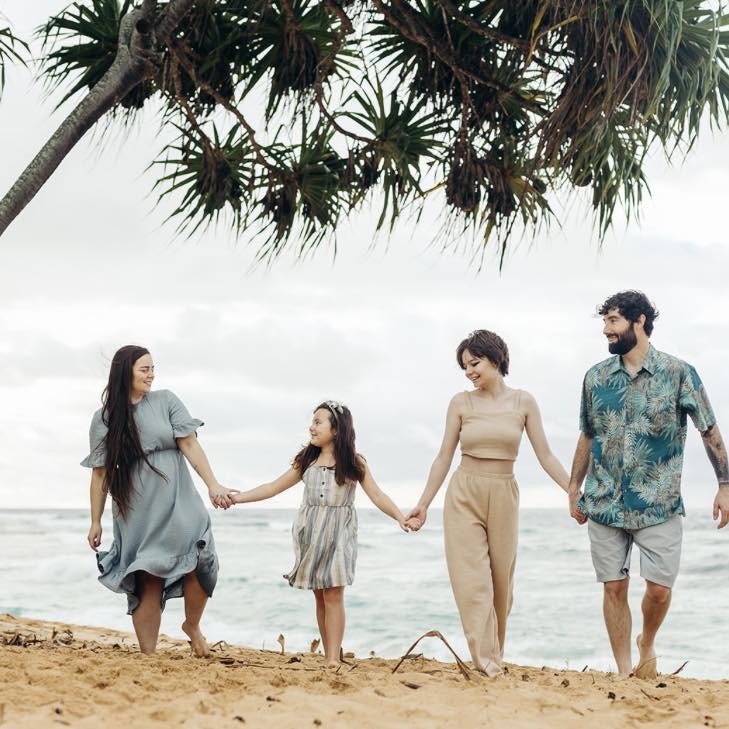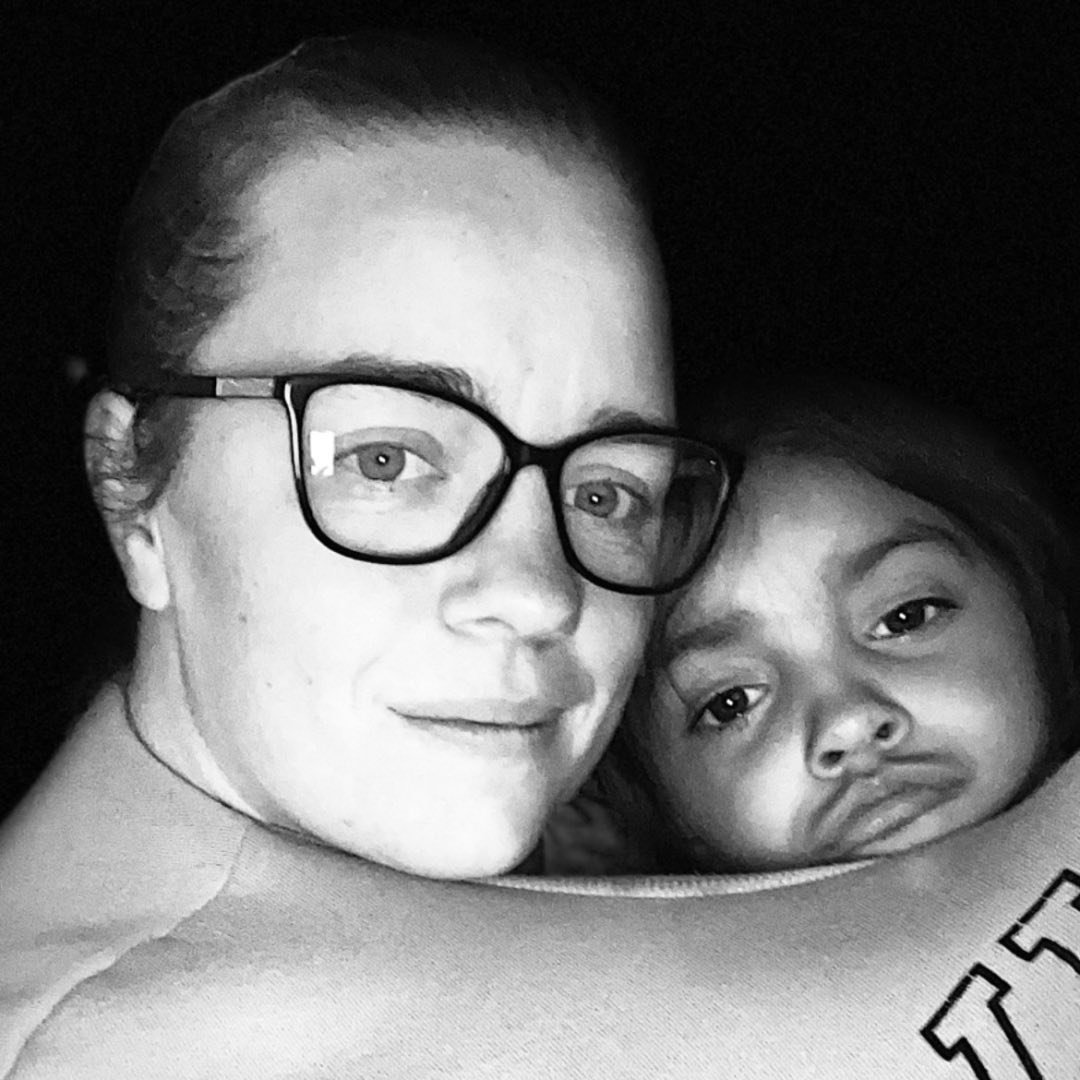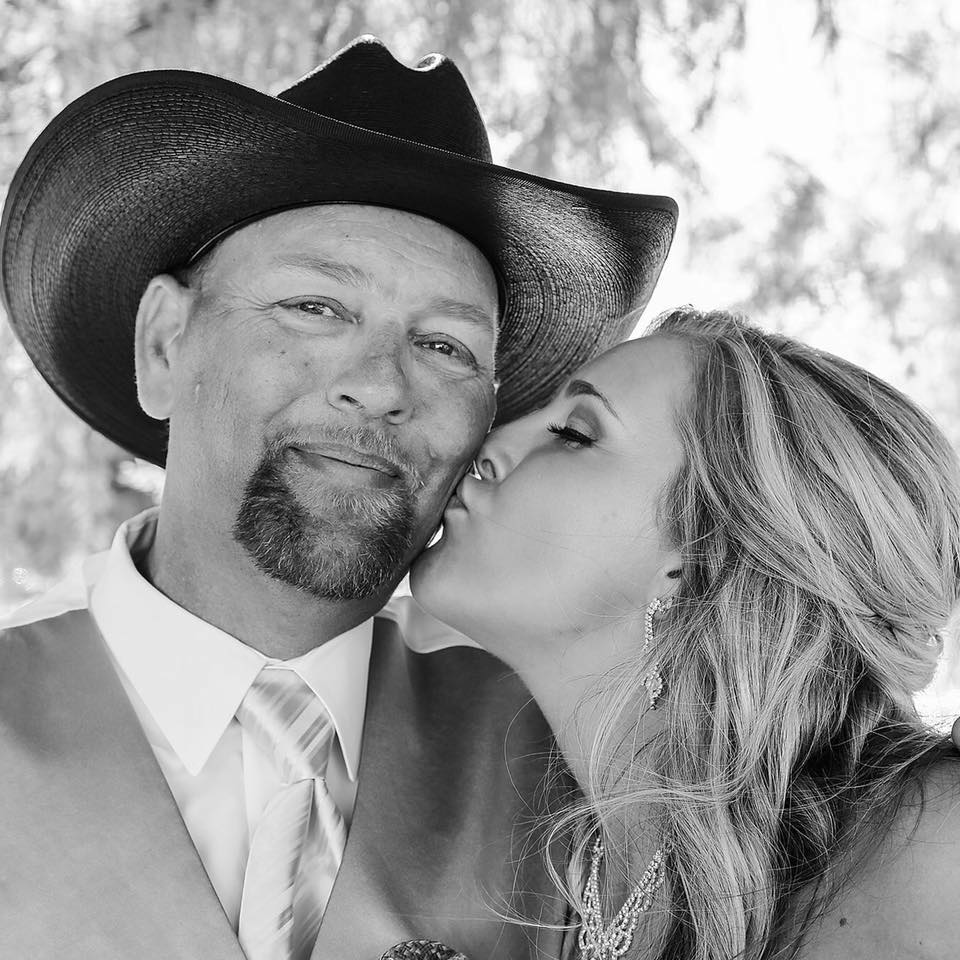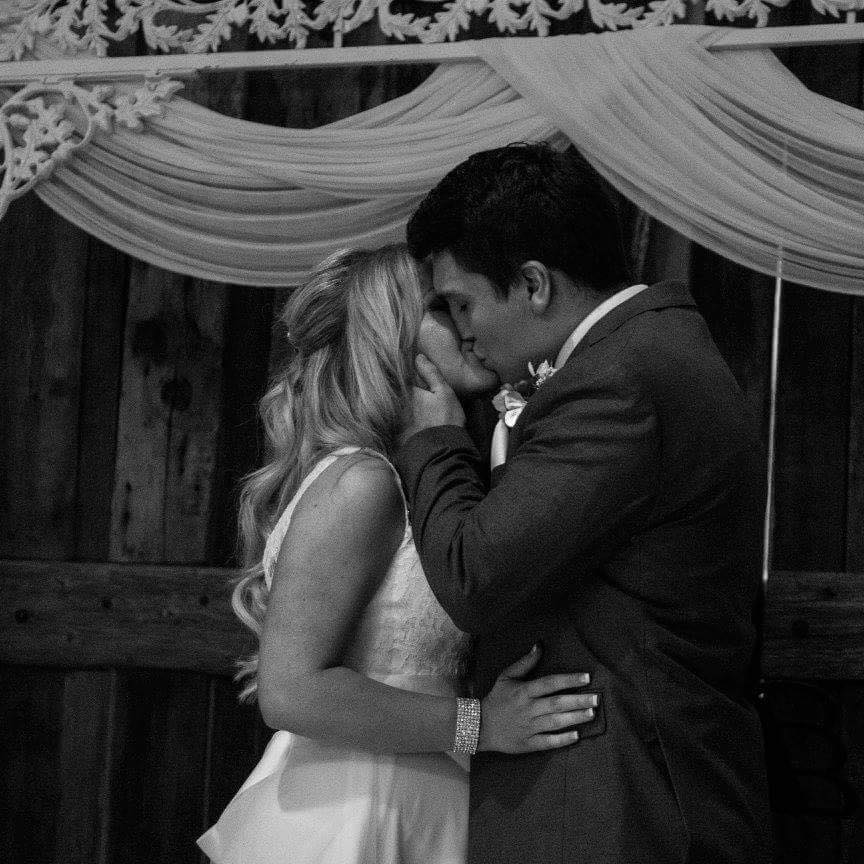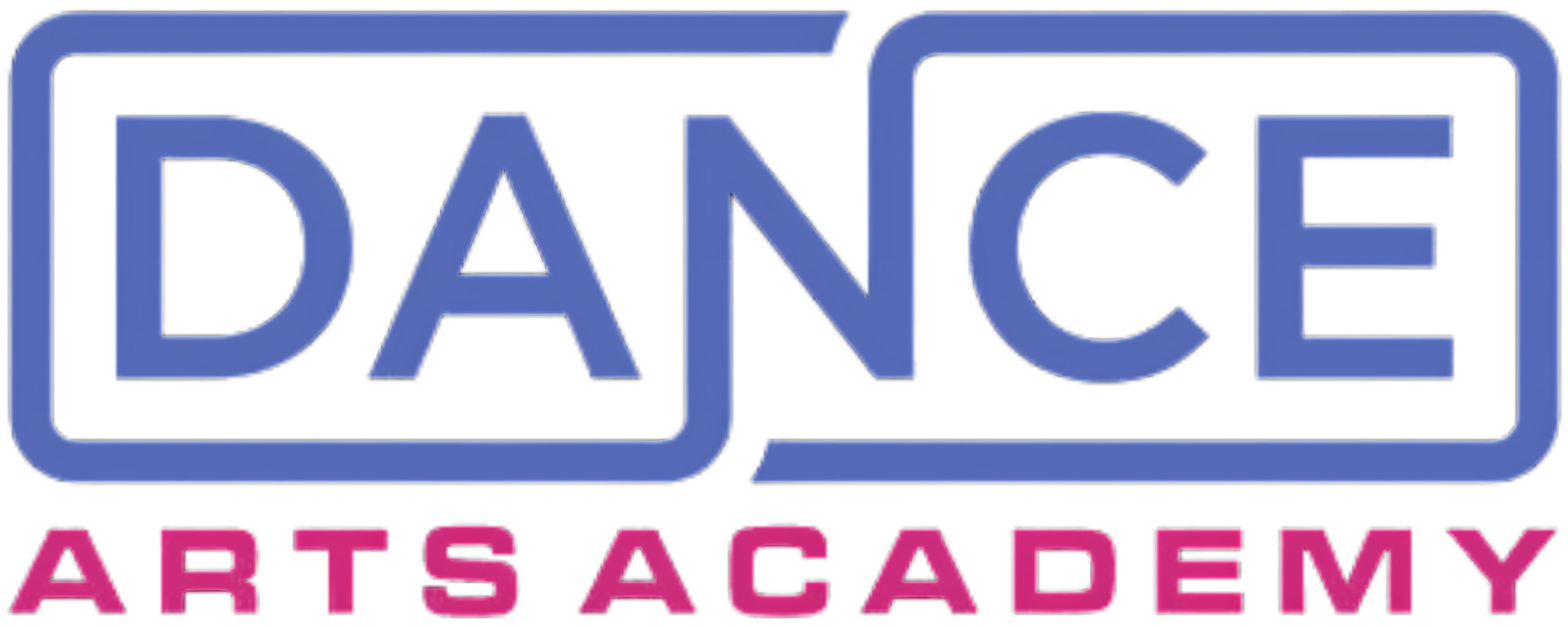FAQs
We know that choosing the right dance program for your child comes with many questions. Below, you’ll find answers to the most common ones about our classes, policies, and attire guidelines. If you need more information, feel free to contact us—we’re happy to help!
Dance builds confidence, coordination, discipline, and social skills. Our classes are structured to provide a positive and engaging experience while fostering growth in both movement and self-expression.
We offer classes for children starting as young as infancy (through Zumbini) and continue through high school. Adult classes are also available for those looking to refine their skills or learn something new.
Yes! We open the curtains the first week of each month so parents can observe. To maintain focus, the curtains remain closed during weeks 2-4, but we have large viewing windows and a spacious lobby where parents and siblings can wait.
Our school-year session runs from September through May, with a separate summer session available. There’s no contract, but we encourage students to complete their session for consistency and growth.
Students can attend a make-up class if space allows. Please check with the office for availability.
Combo classes introduce young dancers to multiple styles in a single lesson. Preschoolers and kindergartners typically take ballet and tap, while ages 6-8 may have a jazz and tap combo.
To ensure the best learning experience, we group dancers by age, similar to academic school settings. This allows teachers to provide instruction suited to each stage of development.
All music and choreography are age-appropriate. We do not allow themes related to sex or violence. Costumes must cover cleavage, midriffs, and rear ends.
Required for all dancers participating in the spring show. The package includes spring show costume, performance video, program book, t-shirt and one memory Mate class/individual photo. The package fee is paid monthly. The fee is $20 per month for one class and an additional $12 monthly per additional class. Performance fees are charged September-May in addition to monthly tuition. Students registering later in the season will need to catch up performance fees for prior months (not tuition). If an account has more than one student, the second and subsequent students pay $18 for the first class and $12 for additional classes. Non performing classes are not charged performance fees.
Costumes range from $55-$70, depending on the class and size. They are included in the performance package and ordered in December to ensure timely delivery.
Tickets range from $12-$15 per person, and performers participate for free. Optional items like pictures, flowers, and programs are available for purchase.
For Parents of Little Dancers
We understand that young dancers are still adjusting to new experiences, and parents often have questions about what to expect in class. Below are answers to the most common questions from parents of our youngest students. If you need more guidance, we’re happy to help!
Young children learn best through play. In our dance classes, movement exploration, props, and storytelling help develop coordination, rhythm, and creativity. These activities build a strong foundation for future technical training in any dance style.
Every child has a unique learning style. Some children learn best by watching (visual learners) or listening (auditory learners) before feeling ready to participate. Others learn through movement (kinesthetic learners). It’s completely normal for children to observe before jumping in, and over time, they will feel more comfortable joining the activities.
It’s natural for children to have big emotions when trying something new. If your child is upset, the teacher will assess the situation, offer reassurance, and invite them back to participate. If your child is uncontrollably upset or feeling unwell, the teacher will bring them to you. We kindly ask that parents refrain from entering the classroom, as this can escalate emotions and distract the other students.
Many children resist changes in routine, especially during times of transition (such as starting school or adjusting to a new sibling). If your child enjoys class once they’re inside, the hesitation is likely about the transition rather than the class itself. Let us know if you have concerns, and we’ll work together to make the experience as smooth as possible.
We welcome parents to observe during designated viewing weeks. However, some children become easily distracted when they see a parent watching, which can disrupt their focus. If you notice that your child stays more engaged when you’re out of sight, we encourage you to wait in the lobby instead.
Being late happens, and that’s okay! If your child feels anxious about being late, reassure them that they are welcome to join in at any time. When entering the classroom, a calm and quiet transition is best. If frequent tardiness becomes an issue, we can help find a class that better fits your schedule.











